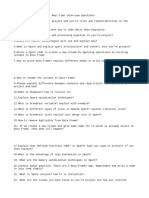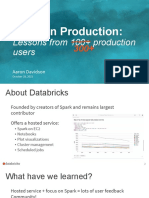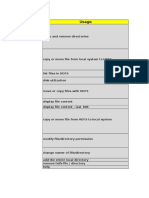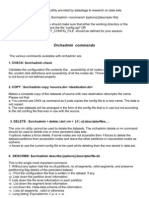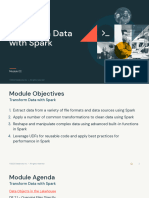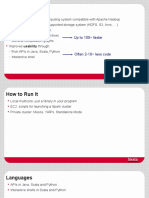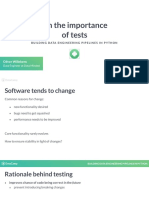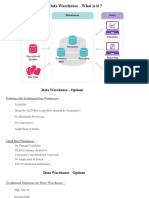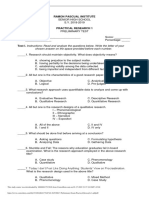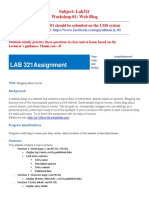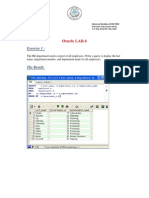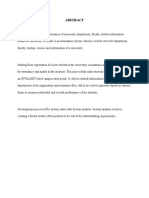0% found this document useful (0 votes)
103 views18 pagesFile Types in Data Engineering!
Uploaded by
Richard SmithCopyright
© © All Rights Reserved
We take content rights seriously. If you suspect this is your content, claim it here.
Available Formats
Download as PDF, TXT or read online on Scribd
0% found this document useful (0 votes)
103 views18 pagesFile Types in Data Engineering!
Uploaded by
Richard SmithCopyright
© © All Rights Reserved
We take content rights seriously. If you suspect this is your content, claim it here.
Available Formats
Download as PDF, TXT or read online on Scribd
/ 18





